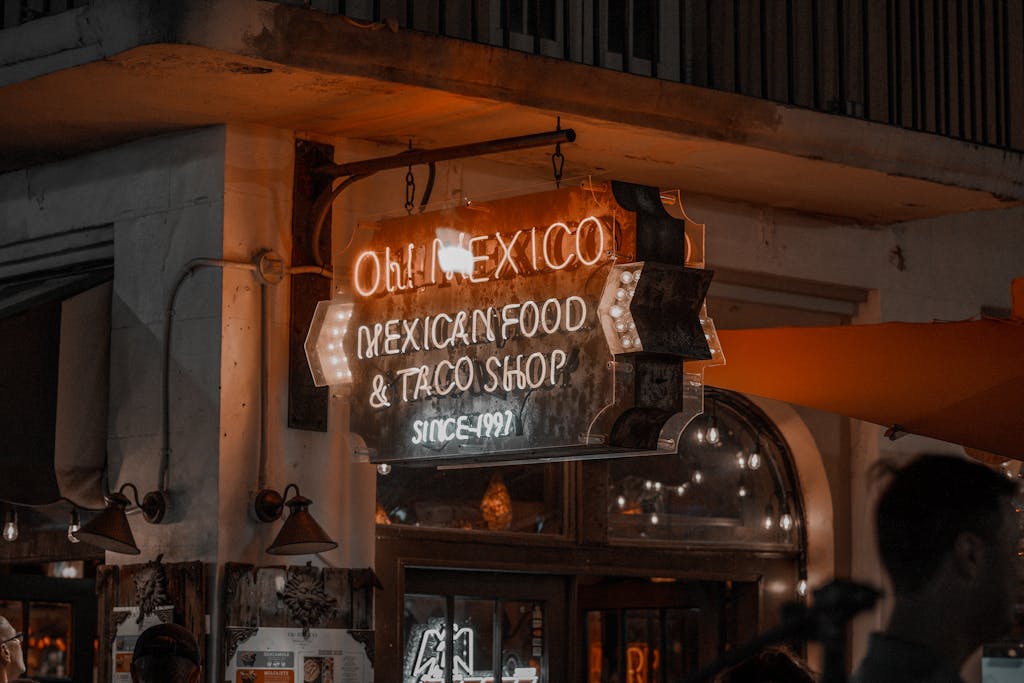The Rich Cultural Fusion in Gastronomy: Exploring the Influence of Mexican and American Cuisine
Introduction: Gastronomy is much more than just food; it is an expression of culture, history, and identity of a region. In this article, we will explore the fascinating cultural influence that has shaped Mexican and American cuisine, two deeply rooted culinary traditions that continue to impact the global culinary scene.
Diversity of Flavors and Culinary Techniques: Mexican cuisine is known for its explosion of flavors, including ingredients such as chilies, cilantro, avocado, and corn. Mexican culinary techniques, such as hand-made tortilla preparation, red or green salsa, and the use of spices like cinnamon and cumin, have profoundly influenced global gastronomy.
On the other hand, American cuisine is a melting pot of influences from around the world, reflecting the cultural diversity of the country. From the comforting flavors of the American South to European-influenced dishes on the East Coast, American cuisine encompasses a wide range of flavors and culinary styles.
Cultural Interaction in Cuisine: The history of Mexican and American cuisine is marked by constant cultural interaction. From the arrival of European colonizers in North America to Mexican migration to the United States in the 20th century, there has been a constant exchange of ingredients, culinary techniques, and food traditions.
The popularity of Mexican food in the United States, for example, has led to the adaptation of traditional Mexican dishes to suit the tastes and preferences of the American public. Similarly, the influence of American cuisine can be seen in the growing popularity of fast food and processed foods in Mexico and other parts of the world.
Global Impact and Recognition: Both Mexican and American cuisine have achieved global status, being appreciated and enjoyed worldwide. Mexican and American restaurants have expanded into new international markets, bringing with them a rich diversity of flavors and culinary traditions.
Furthermore, Mexican and American cuisine have been recognized by international organizations and awarded prestigious culinary awards, demonstrating their importance and relevance in the global culinary scene.
Conclusions: In conclusion, Mexican and American cuisine are prime examples of how cultural diversity can enrich and shape a culinary tradition. Through their cultural interaction, distinctive ingredients, and unique culinary techniques, these two cuisines continue to inspire chefs and food lovers around the world, proving that food is truly a bridge between cultures.
